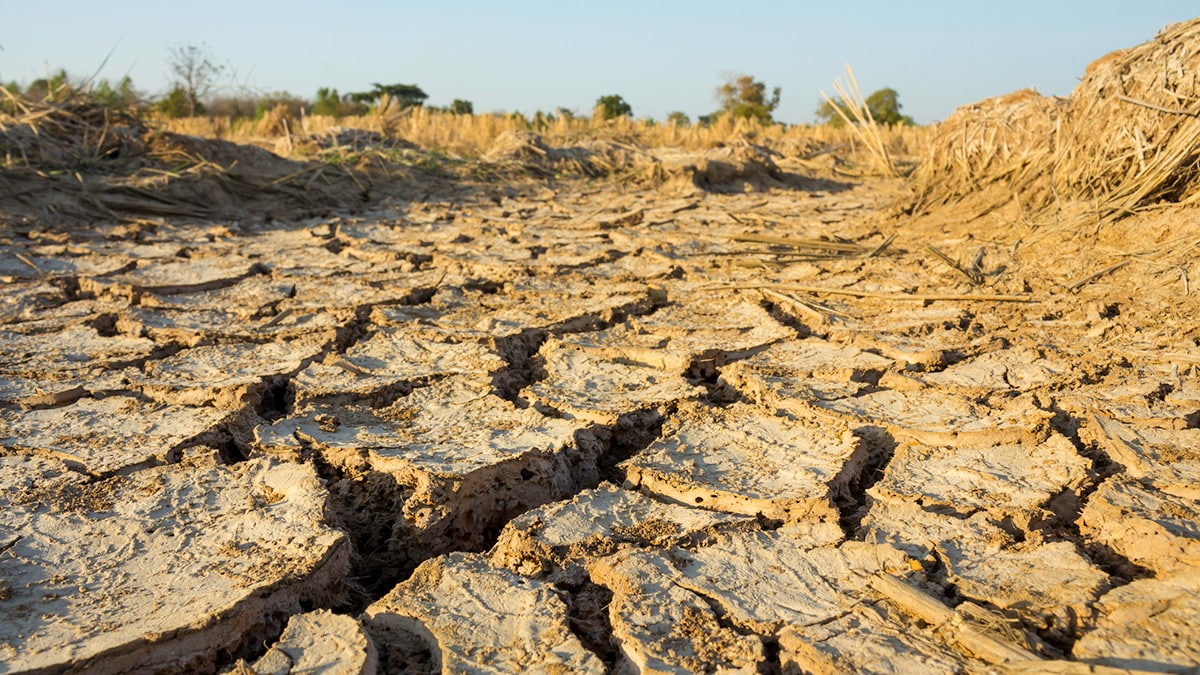At a glance
Data on drought duration and severity can be used to better understand the connection between drought, other environmental conditions, and health effects. Many factors influence how drought will affect a community. However, drought trend data and other related indicators can be used to prepare for and prevent potential health risks.

We Track That
The Tracking Network includes data on drought duration and severity. Sources include the United States Drought Monitor (USDM) and the Standardized Precipitation Evapotranspiration Index (SPEI). These datasets track drought trends in the United States.
Types of Data
The Tracking Network provides historical drought data from both the SPEI and the USDM. The SPEI and USDM drought measures are calculated using different methodologies. But both can be used to monitor trends over time. SPEI data are available from 1980 through the present. USDM data are available from 2000 through the present.
Specific measures include the following.
Counties Currently Experiencing Drought: Data are reported weekly. It reflects whether 50% or more of a county was in moderate drought or greater for the latest week.
Maximum Number of Consecutive Weeks: These data show how many consecutive weeks a county was in drought, by year.A
Total Number of Weeks (Cumulative): These data show the number of weeks a county was in drought. These values are cumulative and cover the entire period of record.A
Total Number of Weeks (Yearly): These data show the total number of weeks a county was in drought, by year.A
Access the Data
Use the Data Explorer to create custom maps, tables, and charts.
View data in simple Quick Reports.
Get machine-readable data from the Application Program Interface (API).
Data in Action
Use the Tracking Network's drought measures to examine local, state, regional, and national trends in drought at the county level. Looking at trends can help us learn more about the relationship between drought-related environmental exposures and health outcomes.
Public health professionals, water and sanitation officials, policy makers, and others can use the data for the following purposes.
- Allocating drought relief
- Supporting community planning efforts
- Informing other drought discussions
- These data can be stratified by categorial drought severity or cumulative drought severity.
